-
Эндоскопические продукты и аксессуары
- Эндоскопический набор всасывания & полива
- Инсуффляционные трубки
- Верес Игла
- Высокий поток с подогревом Инсуффлятор трубки
- Эндоскопические клапаны одного назначения
-
Рукава камеры эндоскопа
- Быстросменная драпировка для эндоскопической камеры
- Высокой Четкости Эндоскопическая Камера Драпировка
- Эластомерный конец эндоскопической камеры драпировка
- Кольцо Складной Эндоскопическая Камера Драпировка
- Телескопически сложенный рукав для эндоскопической камеры с быстросменным концом
- Телескопически сложенный рукав для эндоскопической камеры с эластичным концом
- Набор для орошения артроскопии
- Ирригационные трубки
- Полоскать крышки системы
- Щетки для очистки эндоскопического канала
- Ловушка для полипа
-
Дыхательный
- Канюля носовой кислорода
- Маска капнографии
- Маска кислородная
- Non-rebreathing маска
- Маска Вентури
- Мульти-вентиляционная маска
- Небулайзерная маска
- Небулайзер с мундштуком
- Трахеостомическая маска
- Одноразовые Ezscope™Про Брончо
- Мундштук с односторонним клапаном
- Зажим носа
- Комплект для мундштука и фильтра ABC
- Дыхательный тренажер
-
Закрытый всасывающий катетер
- 24H B-образный двойной поворотный закрытый всасывающий катетер
- 24H B-образный тракционный Т-образный закрытый всасывающий катетер
- 24H Pedi Y Разъем Закрытый всасывающий катетер
- 72H K-образный двойной поворотный закрытый всасывающий катетер
- 72H K-образный тракционный Т-образный закрытый всасывающий катетер
- Мульти-портовый закрытый всасывающий катетер
- Катетер всасывания
- Вакуумный клапан управления слизью
- Ловушка для образцов слизи
- Экстрактор слизи
- Экстрактор слизи с защитной оболочкой
- Одноразовые аспирационные трубки
- Анестезия
-
Управление дыхательных путей
- Ротоглоточные дыхательные пути
- Нософарингеальный дыхательных путей
-
Гортанная маска Дыхательных путей
- Стандартная авиалиния маски ПВК Ларынгеал
- Усиленная авиалиния маски ПВК ларынгеал
- Авиалиния маски ПВК 90 градусов ларингеал
- Авиалиния маски стандартного силикона ларынгеал
- Усиленная авиалиния маски силикона ларингеал
- Многоразовая ларингеальная маска Авиалинии
- Многоразовая усиленная ларингеальная маска для дыхательных путей
-
Трахеостомическая трубка
- Небесная регулируемая трахеостомическая трубка
- Небесная трубка трахестомии с неовсасыванием
- Небесная усиленная трахестомическая трубка
- Безмятежность трахеостомия трубки
- Комплект трахеостомии Serenity
- Трахеостомическая трубка Serenity с NeoSuction
- Комплект трубок для трахеостомии Serenity с неовсасыванием
- Grasmere Фенестрированная трахеостомическая трубка
- Комплект фенестрированных трахеостомические трубки Grasmere
- Лазурная не регулируемая трахеостомическая трубка
- S-типа трахеостомическая трубка
- Педи трахеостомия трубка
- Эндотрахеальная трубка
- Интродизер эндотрахеальной трубки
- Интубирующий стилет
-
Всасывающая хирургия
- Гибкая прозрачная ручка Yankauer
-
Ручка Янкауэр
- Ручка SpeedFlow Янкауэра
- Обычный Тип Янкауэр
- Фланцевый наконечник Янкауэр
- Конический наконечник Янкауэр
- Включение/выключение Yankauer с простым наконечником
- Включение/выключение Yankauer с коническим наконечником
- Наконечник лампы Янкауэр
- Корона Тип Янкауэр
- Гибкая ручка всасывания пула
- Ручка CH30 Yankauer и всасывающая соединительная трубка CH35
- Две части простой наконечник Yankauer
- Утка-клюв Тип Янкауэр
- Ручка всасывания пула
- ENT всасывающая трубка
- Всасывающий зонд
- Ортопедические/Ортопедические Янкауэр
- Наконечник аспиратора хирургический
- Всасывающая соединительная трубка
- Всасывания Канистра Мягкий Вкладыш
- Жесткая канистра всасывания
- Всасывающая канистра с комплектом фильтров
- Многоразовые Наружная Канистра
- Вакуумная система дренажа ран
- Геморрой Бандажного Лигатора
- Коннектор
- Адаптер контроля вакуума
- Кардиоторакальная хирургия
- Лапароскопические изделия и аксессуары
- Гинекология
-
Урология
- Катвантаж™Портативный гидрофильный прерывистый катетер
-
Набор для орошения Cysto/мочевого пузыря
- Набор для орошения мочевого пузыря M-easy
- B-цилиндрический набор для орошения мочевого пузыря
- Набор для орошения мочевого пузыря S-tur
- S-uni набор для орошения мочевого пузыря
- Набор для орошения мочевого пузыря B-uro
- Premi мочевого пузыря орошения набор
- J-насос для орошения мочевого пузыря
- Набор для орошения мочевого пузыря J-tur
- Набор для орошения мочевого пузыря H-pump
- Sup-поток мочевого пузыря орошения набор
- Кленовый набор для орошения
- Пион Орошение Набор
- Катетер Нелатон
- Мочевой дренаж мешок
- Мочевой дренаж ног мешок
- Наборы клизмы
- Sitz Ванна Наборы
- Щелкните контейнер образца уплотнения
- Силиконовый мужской катетер
- Кран катетер и адаптер
- Три-способ остановить петух
- Набор для орошения сандалового дерева
- Набор для орошения фрезии
- Набор для орошения нарцисс
-
Общая хирургия
- Система распылителя перфузии
- Желудочный поддон трубы
- Гемостатический порошок аппликатор
- Магнитная драпировка
- Хирургический иммобилайзер руки
- Администрирование Набор для крови
- Набор для орошения зубов
- Ухо/Язвы шприц
- Лампа ирригационный шприц
- Ирригационный шприц Туми
- Шприц ирригации зубов
- Декантирование устройство
- Смешивание канюли
- Устройство распыления слизи
- Лайнер бассейна/Драпировка бассейна
- Крышка ручки камеры
- Легкая крышка ручки
- Медицинская щетка
- Губка Стик
- Шовный ретривер
- Счетчик игл
- Одноразовая калибровочная трубка
- Инфузор давления
- Гепарин Кап
- Крышка защиты
- Шприц для орошения лампой 100 мл
- Склеральный маркер
- Хирургическая легкая ручка
- Энтеральное питание
- Прочное медицинское оборудование
- Средства индивидуальной защиты
- COVID-19 Продукты
- PVC-FREE Медицинское устройство
- Департамент E.N.T
- Решения управления температурой
- Эксплуатация
- Система обработки пациентов
- Аварийный
-
-
 БОЛЬНИЦЫ 2024Apr 28 , 2024
БОЛЬНИЦЫ 2024Apr 28 , 2024 -
-
-
Закрытый всасывающий катетер
Закрытый всасывающий катетер в основном используется для завершения процесса всасывания мокроты. В отличие от обычного всасывающего катетера, которому необходимо отрезать дыхательный аппарат во время использования, закрытые всасывающие катетеры имеют несколько разъемов для поддержания соединения с трахейной канюлей и дыхательным аппаратом.
Тип закрытого всасывающего катетера
How Closed Suction Catheters Enhance Patient Safety and Comfort
Closed suction catheters represent a significant advancement in patient care, primarily due to their ability to enhance patient safety and comfort. This is achieved through several key features and functions:
Maintaining a Sterile Environment: The closed system design of these catheters significantly reduces the risk of introducing airborne pathogens into the patient's airway. This is especially critical for patients with compromised immune systems or those in intensive care units. By maintaining a sterile environment, closed suction catheters help in preventing ventilator-associated pneumonia and other respiratory infections.
Continuous Ventilation and Oxygenation: Unlike open suction methods, closed suction catheters allow for the continuous delivery of oxygen and ventilation. This feature is crucial for critically ill patients who require constant respiratory support. It minimizes the risk of hypoxia (low oxygen levels in the blood), a common issue with traditional suctioning methods that require disconnecting the ventilator.
Reduced Trauma and Discomfort: The design of closed suction catheters also minimizes trauma to the airways. Traditional suctioning can be uncomfortable and even painful for patients, as it often involves inserting and removing the catheter multiple times. Closed systems allow for more gentle and less frequent suctioning, significantly reducing patient discomfort.
Customization and Control: Modern closed suction catheters come equipped with features that allow healthcare professionals to customize suction levels and durations based on the patient's specific needs. This capability ensures that suctioning is done effectively without causing undue stress or harm to the patient.
Enhanced Monitoring Capabilities: Many closed suction systems now include integrated monitoring tools, providing real-time data on suction pressure and volume. This advancement allows for more informed decision-making and precise adjustments, further ensuring patient safety and comfort.
How to use Closed Suction Catheters?
1.Regular Assessment and Monitoring It's crucial to regularly assess the patient's need for suctioning. Overuse can lead to mucosal damage, while underuse may result in airway blockage. Continuous monitoring of respiratory parameters is essential to determine the right frequency of suctioning.
2.Maintaining Sterility: To prevent infection, the sterility of the closed suction system must be maintained at all times. This includes proper handling of the catheter and avoiding unnecessary disconnections. The use of gloves and aseptic techniques is imperative.
3.Customized Suctioning Protocol: Each patient’s needs are unique. Factors such as the amount of secretions, the patient's condition, and the presence of any respiratory diseases should guide the suctioning protocol. Customizing the suction pressure and duration to the patient's requirements is vital for effective and safe suctioning.
4.Regular Training and Education: Healthcare professionals should be well-trained in the use of closed suction catheters. Regular training sessions and updates on new technologies and practices in the field are essential to maintain high standards of care.
5.Patient Comfort and Communication: When possible, communicate with the patient about the procedure. Ensuring patient comfort and explaining the steps can alleviate anxiety and improve cooperation, particularly in conscious patients.
Frequently Asked Questions (FAQs) for Closed Suction Catheter
Q1: What is a closed suction catheter?
A1: A closed suction catheter is a medical device used to remove secretions from a patient's airway without disconnecting them from the ventilator. It's part of a closed system, meaning it maintains a continuous connection to the ventilator circuit, allowing for safer, more efficient airway clearance while minimizing exposure to airborne pathogens.
Q2: What are the benefits of a closed suction catheter?
A2: The primary benefits of closed suction catheters include reduced risk of infection, continuous oxygenation and ventilation during suctioning, minimal airway trauma, and enhanced patient comfort. These systems also reduce healthcare workers' exposure to potential pathogens and allow for more consistent respiratory care for patients, especially those in critical condition.
Q3: How often are closed suction catheters changed?
A3: Closed suction catheters typically need to be changed every 24 to 72 hours, depending on the manufacturer's recommendations and the patient's condition. The decision to change a catheter should be based on an assessment of its functionality, the patient's needs, and the potential risk of infection. Regular monitoring and adherence to hygiene protocols are crucial to determine the appropriate frequency of changes.
Q4: Which is better, closed or open suctioning?
A4: The choice between closed and open suctioning depends on the patient's condition and clinical setting. Closed suctioning is generally preferred in critical care environments as it maintains continuous ventilation, minimizes oxygen desaturation, and reduces the risk of infection. Open suctioning may be used in less critical situations but involves disconnecting the patient from the ventilator, which can have drawbacks such as hypoxia and exposure to pathogens.
Customer Reviews for GCmedica Closed Suction Catheter
1.Julia Müller
★ ★ ★ ★ ★"They've made a significant difference in patient care"
2.Sofia Johansson
★ ★ ★ ★ ★"I have seen a notable improvement in patient outcomes since we started using closed suction catheters."
3.Elena Rodriguez
★ ★ ★ ★ ★"They've not only improved patient safety but also made our work as nurses more efficient and less stressful. "


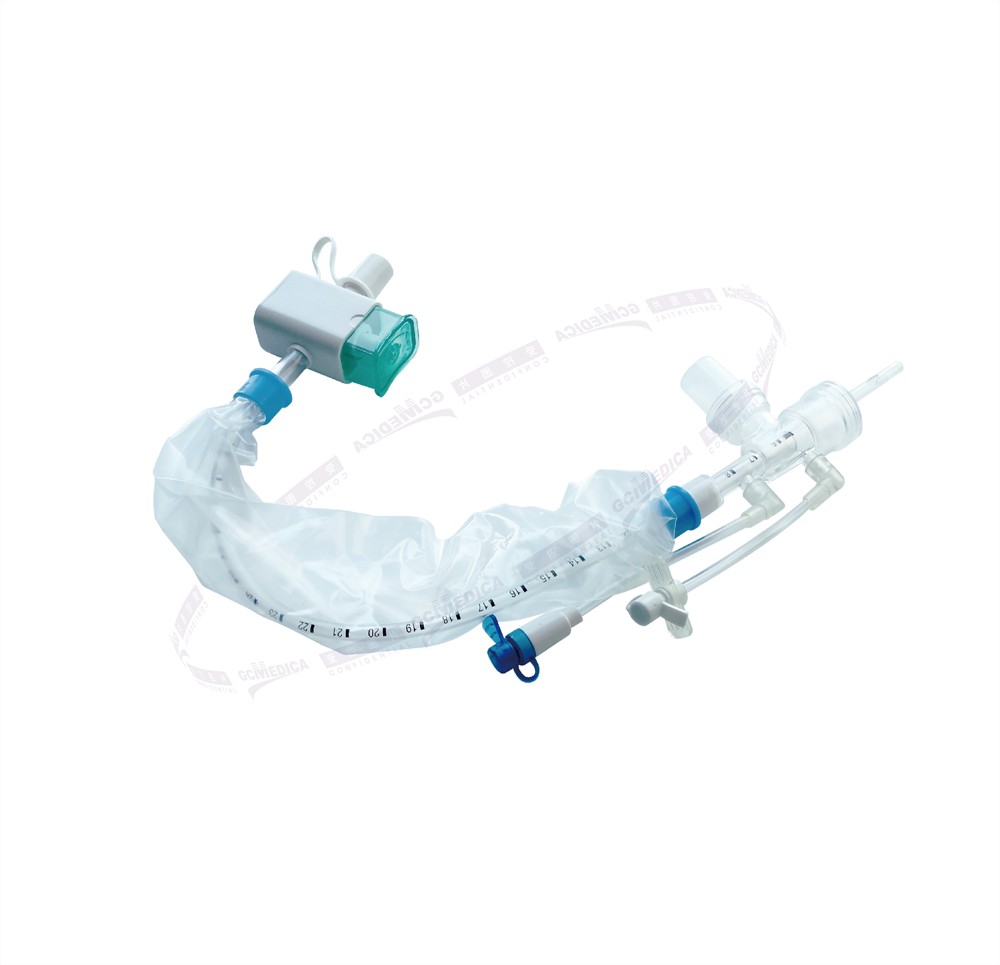
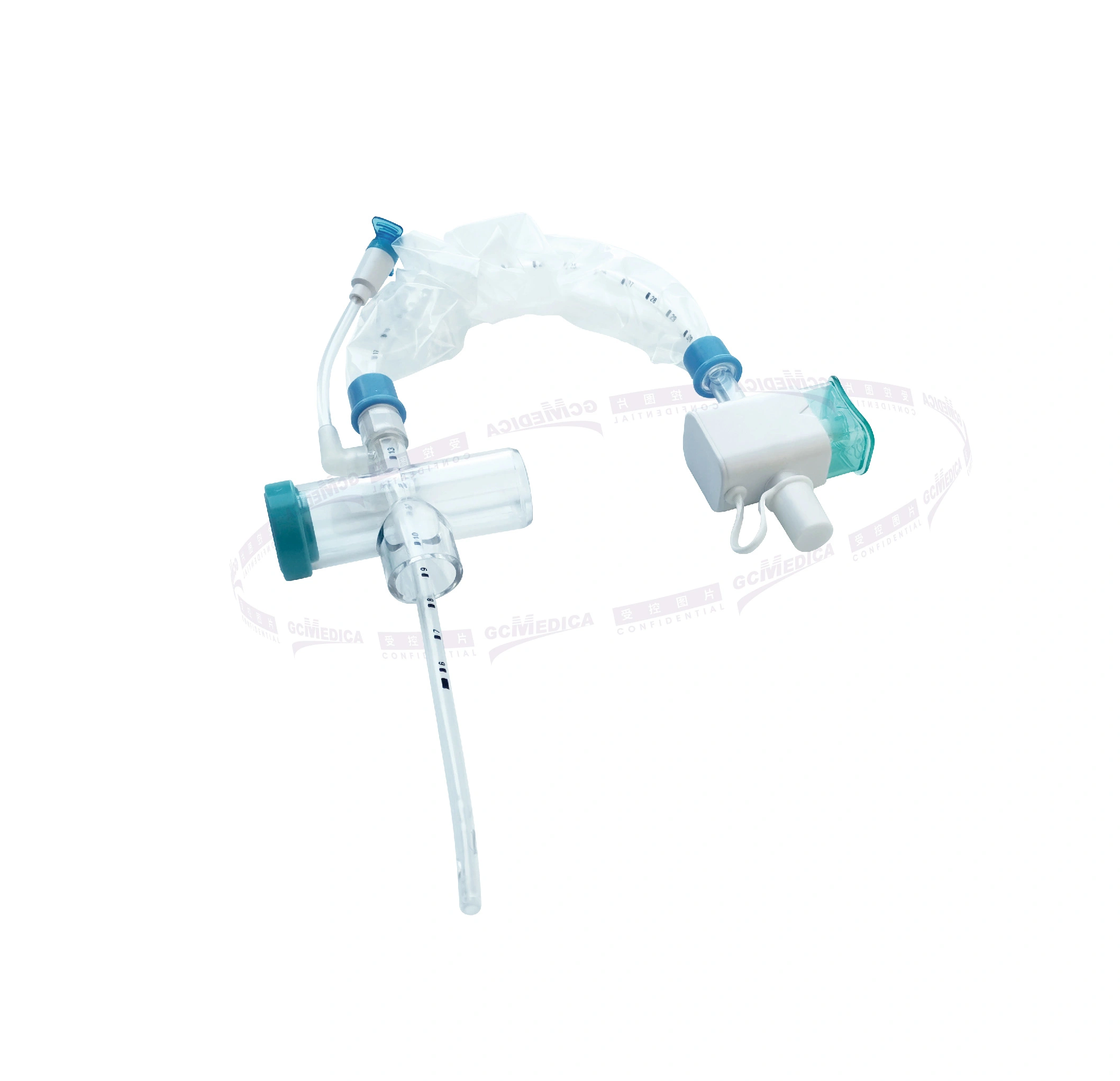
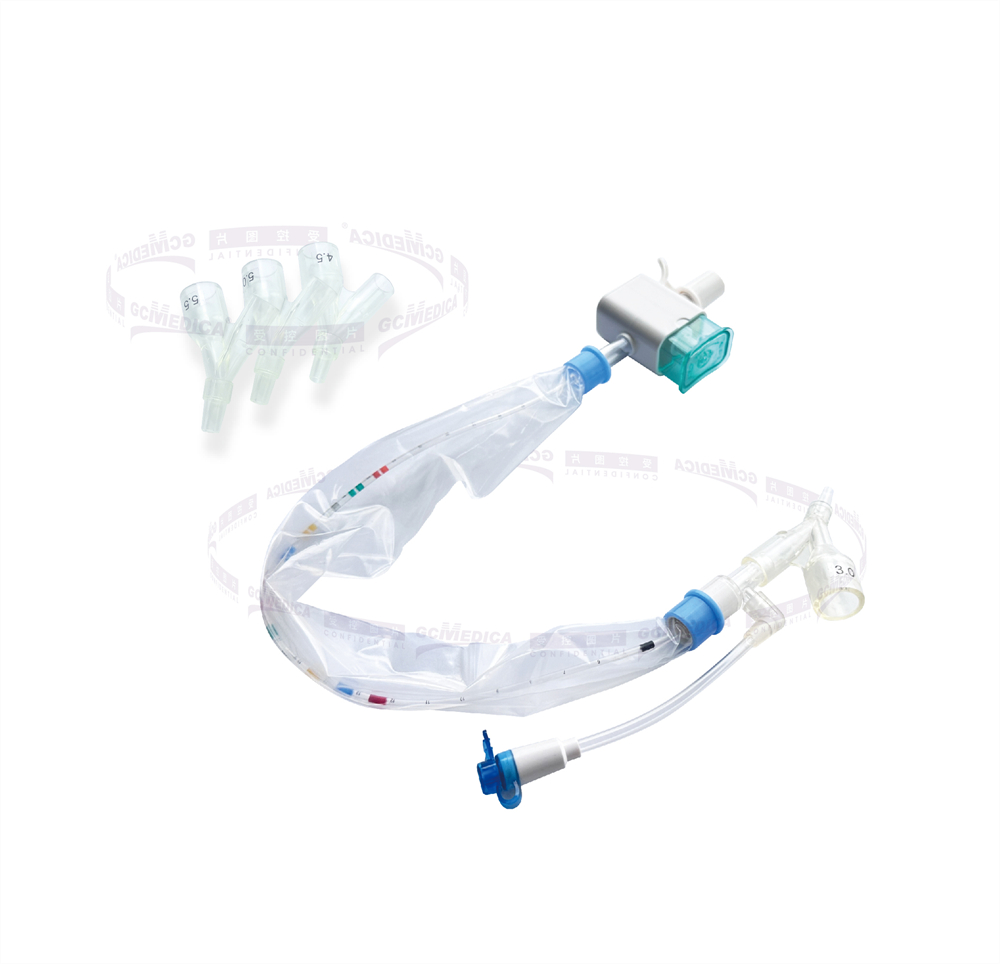
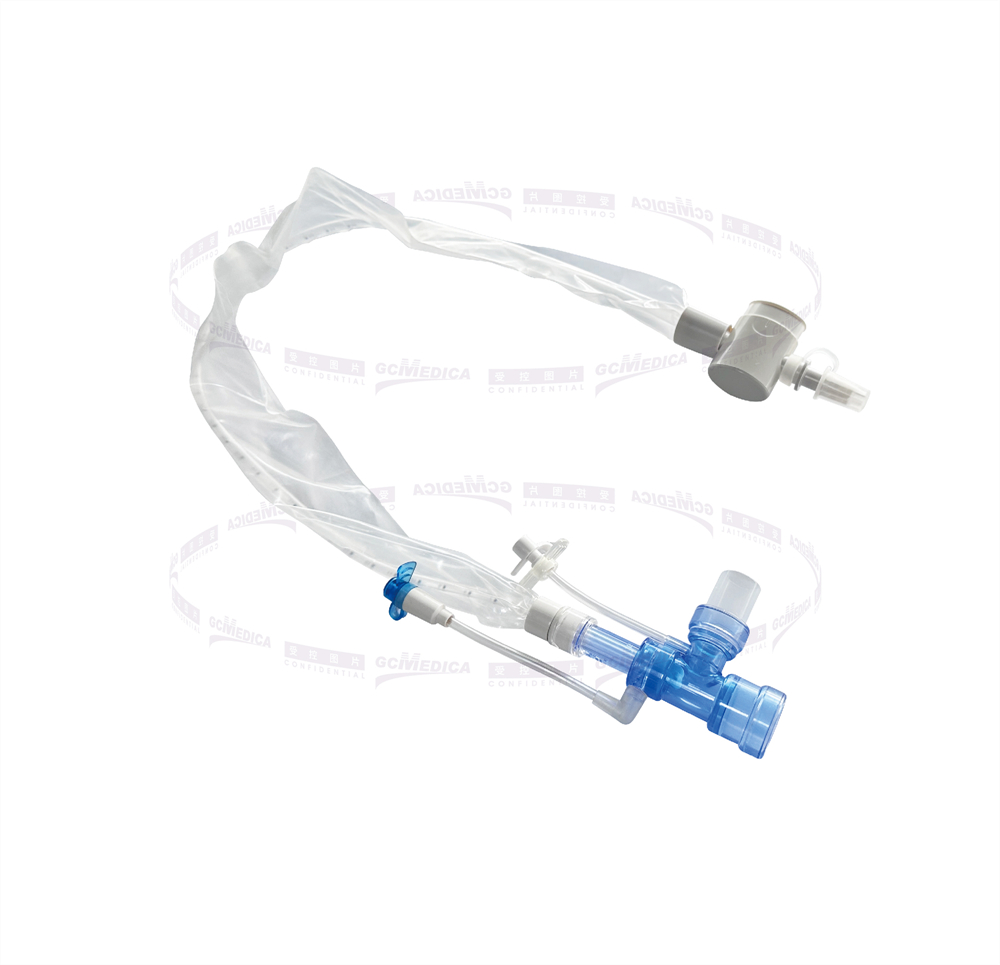
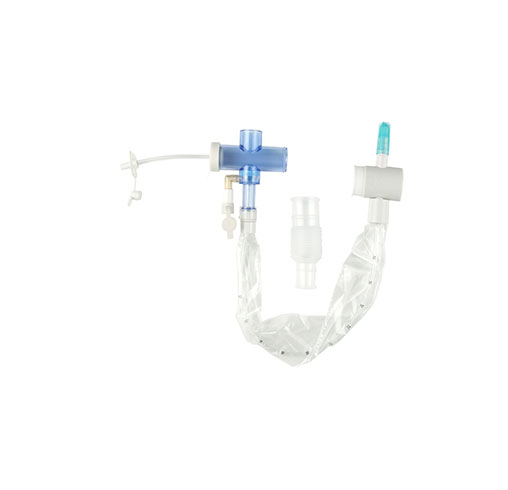
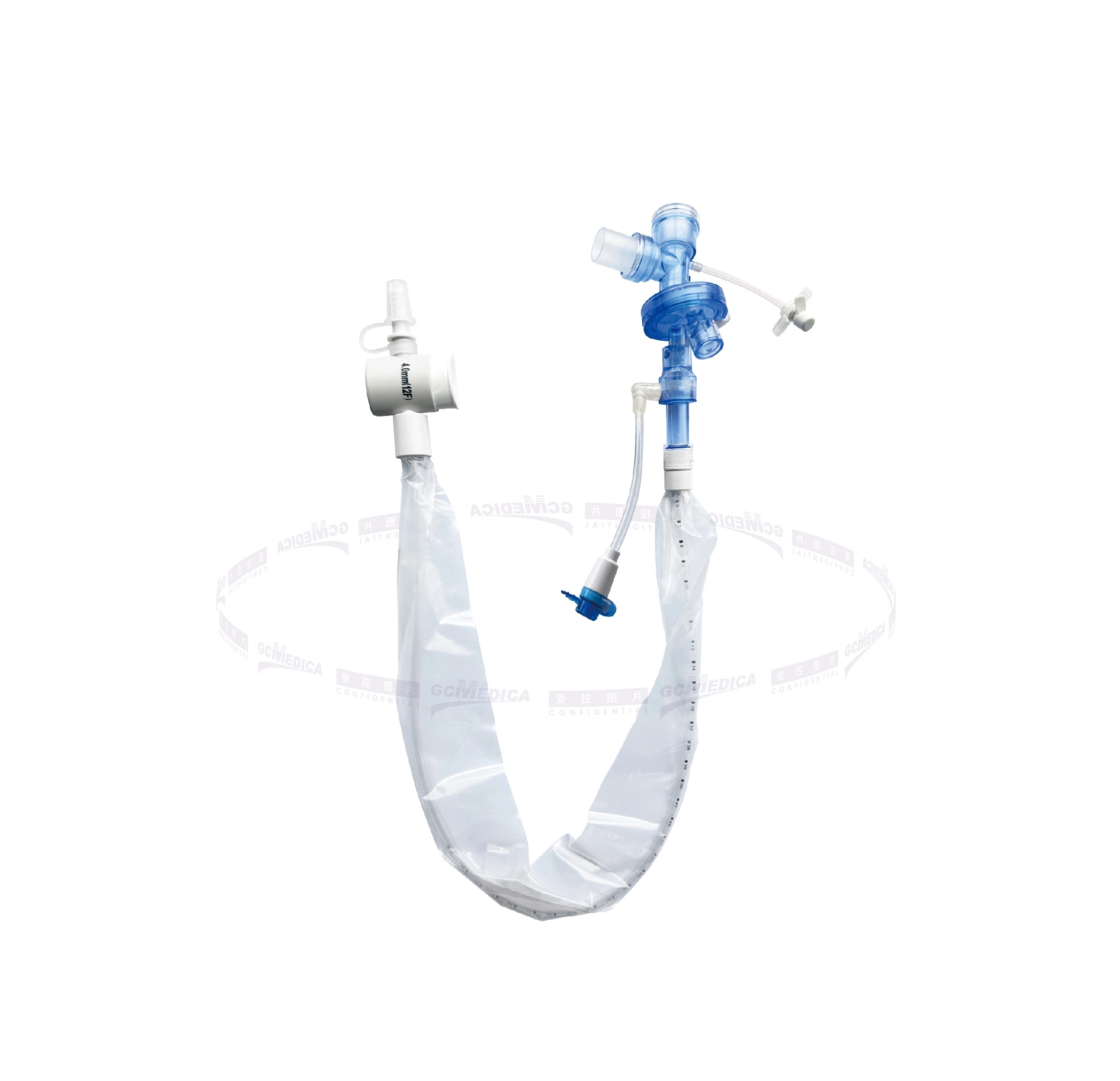

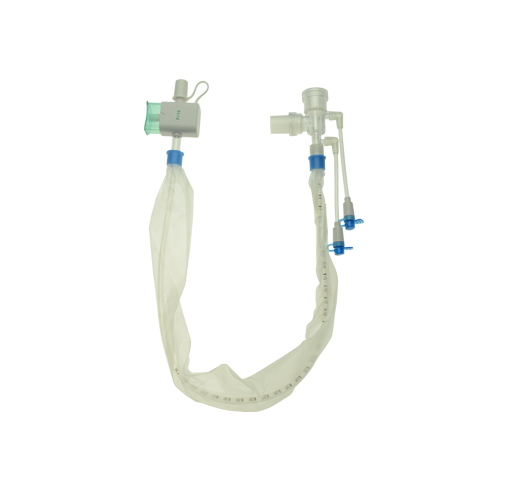 +
+
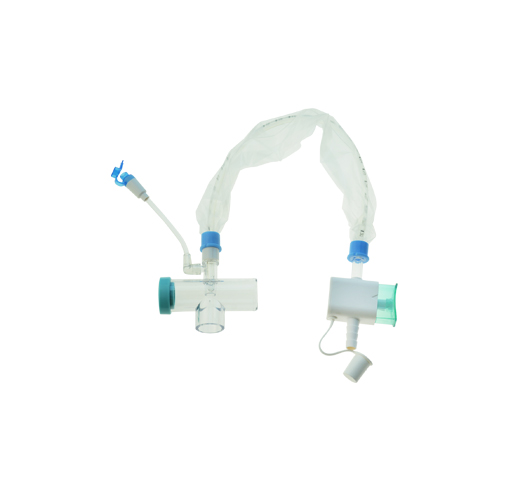 +
+
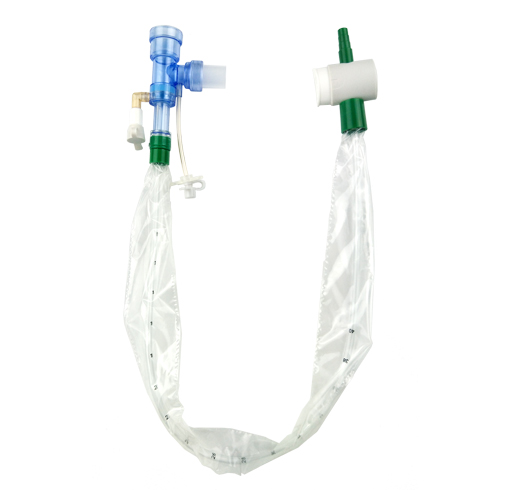 +
+